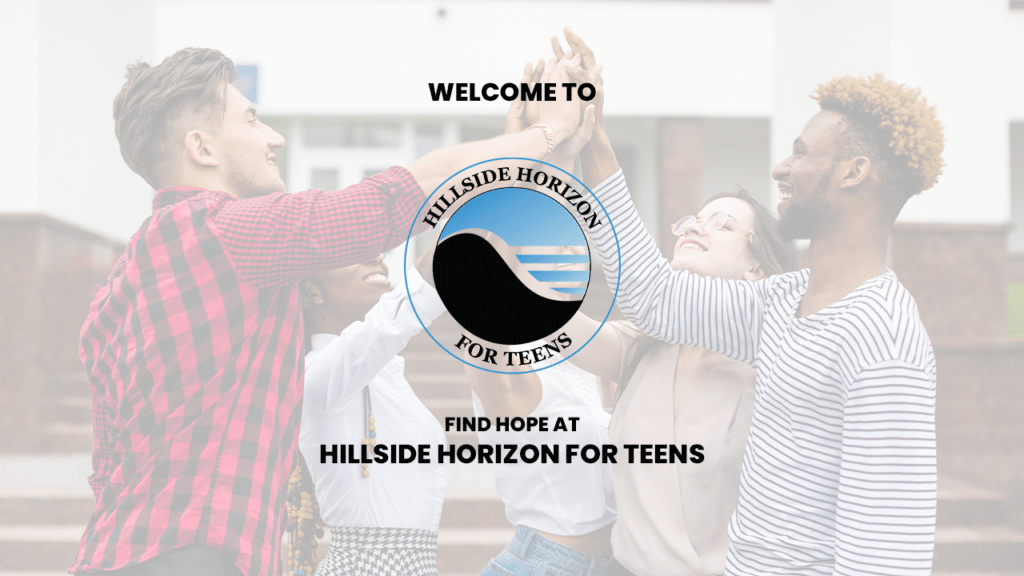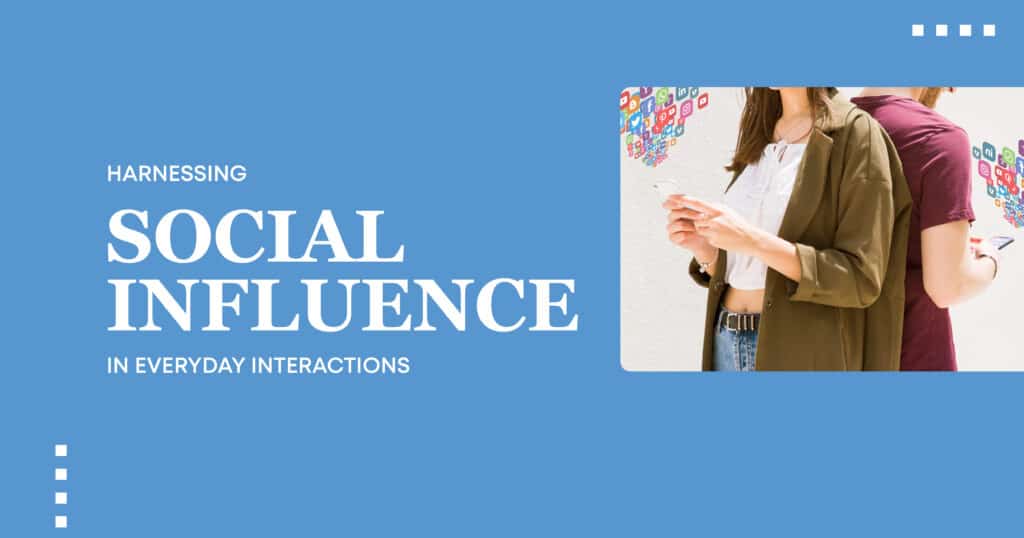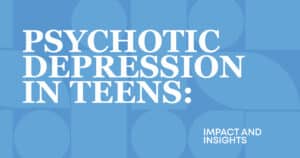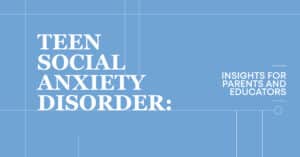Social influence plays a significant role in shaping behavior. By understanding the social cognitive theory, we can grasp how people learn from their environment, particularly through observation and interaction. This theory, developed by Albert Bandura, revolves around the idea that learning occurs through direct experience and watching others. Social cognitive theory helps explain how individuals modify their actions based on their experiences and the influences around them, whether in school, work, or daily life. In this article, we will dive into how this theory impacts everyday interactions and how we can use its principles to foster personal growth.
Introduction to Social Cognitive Theory
Social cognitive theory suggests that much of other humans’ learning results from observing and interacting with others. It emphasizes the importance of a person’s social environment in shaping behavior. Unlike traditional theories that focus solely on direct experiences, social cognitive theory integrates the concept that mental processes, such as attention, memory, and motivation, all play a role in how individuals learn from their social surroundings.
Key elements like self-efficacy, observational learning, and reciprocal determinism are at the heart of this theory. These components guide how people observe their environment, internalize behaviors, and adapt based on the feedback they receive. By recognizing how modeling and reinforcement work, individuals can influence their behavior and, ultimately, their decision-making processes.
Hillside Horizon
Self-Efficacy in Social Cognitive Theory
Self-efficacy is a central component of social cognitive theory. It refers to an individual’s belief in their ability to succeed in specific situations. The higher someone’s self-efficacy, the more likely they will attempt and persist in challenging tasks. Here’s how self-efficacy shapes behavior:
- How Self-Efficacy Shapes Behavior. People with high self-efficacy are more motivated to take on complex tasks, seeing challenges as opportunities rather than obstacles. Conversely, individuals with low self-efficacy may avoid challenges or give up quickly.
- Building Self-Efficacy. Positive feedback, successful experiences, and observing others can help individuals increase their self-efficacy and performance in various activities.
The Role of Observational Learning
Observational learning is a fundamental aspect of social cognitive theory. This type of learning occurs when individuals observe and imitate the behavior of others, especially if those behaviors are reinforced or lead to positive outcomes. Here’s how it works:
- Learning from Others. Individuals, especially children, tend to imitate the behaviors they see modeled in their environment. For example, a teenager may learn how to handle stressful situations by observing a parent or mentor.
- Effective Models. A strong model is considered competent, respected, or similar to the learner. These individuals have a greater impact on the behavior of those who observe them.

Reciprocal Determinism Explained
Reciprocal determinism is the idea that a person’s behavior, personal factors, and environment all influence each other in a continuous loop. This means that individuals do not just passively respond to their environment; their behaviors can also shape the environment and influence their thoughts and emotions. Here’s how this process unfolds:
- Key Interaction. A person’s behavior can affect their environment, influencing their internal beliefs and thoughts, creating a cycle of interaction. For example, if someone behaves assertively in a social setting, they may experience positive feedback that boosts their confidence, influencing them to continue acting confidently in future situations.
- Environmental Influence. A supportive and positive environment can increase the likelihood of desirable behaviors, while a hostile climate can discourage healthy behaviors and lead to poor self-esteem.
Behavioral Capability and Its Importance
Behavioral capability refers to an individual’s ability to perform a behavior. It involves both the knowledge and skills necessary to carry out specific actions. Without the right tools or knowledge, individuals may struggle to adopt new behaviors, even if they are motivated. Here’s why it matters:
- Enhancing Behavioral Capability. To support their learning and skill development, individuals must receive appropriate training, guidance, and resources to improve their behavioral capability. For instance, in a therapeutic setting like Hillside Horizon for Teens, individuals can gain new coping strategies and life skills that improve their behavioral capability.
Outcome Expectations and Their Impact
Outcome expectations refer to the anticipation of the consequences of a particular behavior. People are more likely to engage in a behavior if they believe the outcome will be positive. Here’s how they affect decisions:
- Shaping Decisions. When individuals expect positive outcomes, such as rewards or social approval, they are likelier to engage in that behavior. On the other hand, if the predicted result is negative, they may avoid that behavior.
- Outcome Expectations and Goal Setting: This concept also ties into goal-setting. Individuals tend to set goals based on the expected outcomes, ensuring their efforts are directed toward actions they believe will lead to success.
Hillside Horizon
Modeling and Its Influence
Modeling is an essential aspect of observational learning. It occurs when individuals imitate the actions of others who are seen as role models. These models are often respected figures, such as parents, mentors, or peers. Here’s how it influences behavior:
- Effective Modeling. To be effective, models must exhibit achievable and desirable behaviors. The more relatable and competent the model is, the more likely their behavior will be mimicked.
- Positive Reinforcement. When individuals observe positive reinforcement for a behavior, they are more likely to imitate that behavior, believing it will lead to similar rewards.
Reinforcement and Its Effects
Reinforcement is a critical component of social cognitive theory that encourages or discourages certain behaviors based on the consequences that follow. Positive reinforcement strengthens behaviors by rewarding them, while negative reinforcement reduces the likelihood of undesirable behaviors by offering a consequence. Here’s how reinforcement works:
- Types of Reinforcement:
- Positive Reinforcement. Offering rewards or praise when someone performs a desired behavior.
- Negative Reinforcement. Removing a negative condition after a desired behavior is displayed, thus encouraging its repetition.
- Reinforcement in Everyday Life. People often use reinforcement without realizing it. For example, teachers might use praise to reinforce good behavior in students, while parents might provide privileges for completing chores.
The Process of Self-Regulation
Self-regulation refers to an individual’s ability to control their behavior, emotions, and thoughts in pursuit of long-term goals. It involves setting goals, monitoring progress, and adjusting to stay on track. Here’s how it unfolds:
- Developing Self-Regulation. Individuals can build self-regulation through practice, feedback, and creating a structured environment. For example, using rewards to reinforce positive behavior and setting realistic goals can support better self-regulation.
- Self-Regulation in Therapeutic Settings. In environments like Hillside Horizon for Teens, self-regulation is encouraged through structured programs and the development of coping skills, which help individuals handle challenges and setbacks effectively.

Explore Social Cognitive Support at Hillside Horizon for Teens
At Hillside Horizon for Teens, we apply social cognitive theory to help individuals grow emotionally and behaviorally. Our programs focus on building self-efficacy, encouraging observational learning, and providing the tools for effective self-regulation. We empower teens to improve their behavior and make positive life choices through modeling and reinforcement.
Ready to unlock your potential? Discover how social cognitive support at Hillside Horizon for Teens can help you or a loved one thrive. Contact Hillside Horizon for Teens today!
Hillside Horizon
FAQs
- How does self-efficacy influence behavior change according to social cognitive theory?
Self-efficacy shapes an individual’s confidence in their ability to succeed. Higher self-efficacy leads to more persistent effort. It encourages individuals to tackle challenges and achieve desired outcomes.
- What is the significance of observational learning in modifying behaviors in social cognitive theory?
Observational learning involves watching others, particularly when their behaviors are reinforced. This learning model encourages imitation. It allows individuals to develop new behaviors without direct experience.
- How does reciprocal determinism function within the framework of social cognitive theory?
Reciprocal determinism shows that behavior, personal factors, and the environment interact and influence each other. Each component shapes the others in a continuous loop, affecting individuals’ actions and outcomes.
- How do outcome expectations shape goal setting and decision-making in social cognitive theory?
Outcome expectations refer to anticipated results based on specific behaviors. Positive expectations lead individuals to pursue behaviors they believe will succeed. These expectations strongly influence goal-setting and decision-making processes.
- How can reinforcement effectively enhance behavior change in social cognitive theory?
Reinforcement strengthens behaviors by offering rewards or removing negative consequences. Positive reinforcement encourages repeating desired actions, while negative reinforcement removes unpleasant conditions to motivate desired behavior changes.





